How To Pick The Right Camcorder ?
When choosing a camcorder, it is important to consider your specific needs and preferences. Factors to consider include the purpose of the camcorder (e.g., personal use, professional use), the desired video quality (e.g., resolution, frame rate), the available budget, and the desired features (e.g., image stabilization, zoom capabilities). Additionally, it is recommended to read reviews and compare different models to make an informed decision.
1、 Resolution and Image Quality
When it comes to picking the right camcorder, one of the most important factors to consider is resolution and image quality. This is crucial because it determines the clarity and sharpness of the videos you capture.
Resolution refers to the number of pixels that make up the image. The higher the resolution, the more detailed and crisp the video will be. Currently, the most common resolutions available in camcorders are Full HD (1080p) and 4K Ultra HD (2160p). Full HD provides excellent image quality and is suitable for most casual users. However, if you want the highest level of detail and clarity, 4K Ultra HD is the way to go. It offers four times the resolution of Full HD, resulting in incredibly sharp and lifelike videos.
Image quality is not solely determined by resolution. Other factors such as sensor size, lens quality, and image stabilization also play a significant role. A larger sensor size allows more light to be captured, resulting in better low-light performance and improved dynamic range. High-quality lenses ensure sharpness and minimal distortion. Image stabilization is crucial for reducing camera shake and producing smooth, steady footage.
It's worth noting that technology is constantly evolving, and new advancements are being made in camcorder resolution and image quality. For instance, some camcorders now offer features like High Dynamic Range (HDR) and improved low-light performance. HDR enhances the contrast and color accuracy of videos, resulting in more vibrant and realistic images. Additionally, some camcorders now incorporate larger sensors and advanced image stabilization technologies for even better video quality.
In conclusion, when choosing a camcorder, resolution and image quality should be at the top of your list. Consider the resolution options available, as well as factors like sensor size, lens quality, and image stabilization. Stay updated with the latest advancements in technology to ensure you make an informed decision and capture stunning videos.
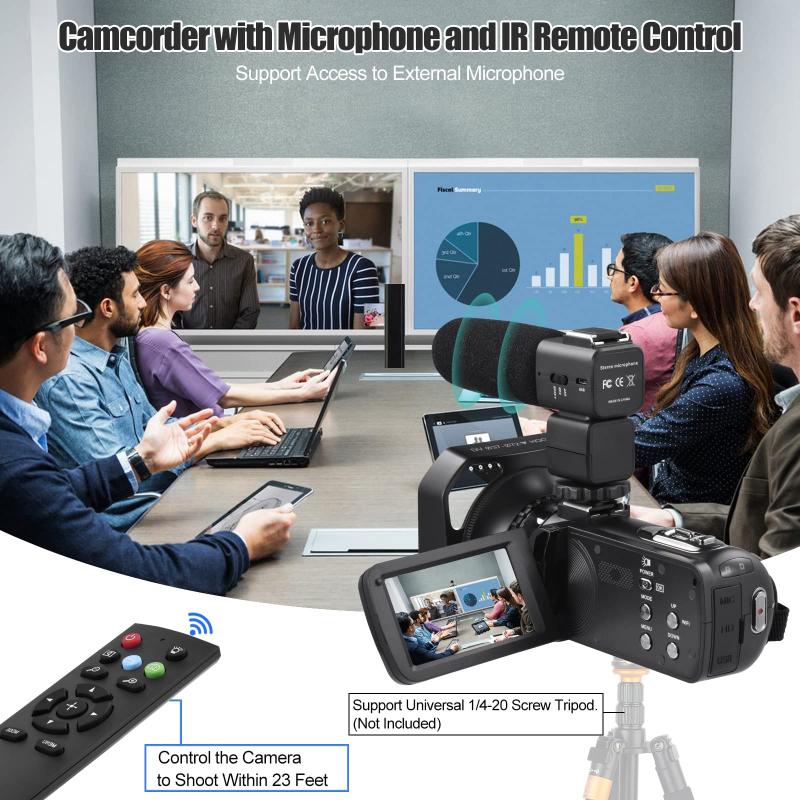
2、 Optical Zoom and Image Stabilization
When it comes to picking the right camcorder, there are several factors to consider. Two important features to look for are optical zoom and image stabilization. These features can greatly enhance the quality of your videos and make your filming experience more enjoyable.
Optical zoom refers to the camera's ability to zoom in on a subject without sacrificing image quality. Unlike digital zoom, which simply enlarges the pixels and can result in a loss of detail, optical zoom uses the lens to physically zoom in on the subject. This allows you to capture distant objects with clarity and precision. When choosing a camcorder, look for one with a higher optical zoom range, such as 10x or 20x, to give you more flexibility in capturing different types of shots.
Image stabilization is another crucial feature to consider. It helps reduce camera shake and ensures that your videos are smooth and steady, even when you're moving or shooting in low light conditions. There are two types of image stabilization: optical and digital. Optical image stabilization uses lens elements to compensate for camera movement, while digital stabilization uses software algorithms. Optical stabilization is generally considered more effective and produces better results. However, some newer camcorders combine both optical and digital stabilization for even better performance.
In addition to these features, it's also important to consider the latest advancements in camcorder technology. For example, many modern camcorders now offer 4K resolution, which provides incredibly sharp and detailed videos. Additionally, some camcorders come with built-in Wi-Fi or Bluetooth connectivity, allowing you to easily transfer and share your videos wirelessly.
Ultimately, the right camcorder for you will depend on your specific needs and budget. Consider factors such as optical zoom, image stabilization, resolution, and connectivity options to find a camcorder that suits your filming requirements and preferences.
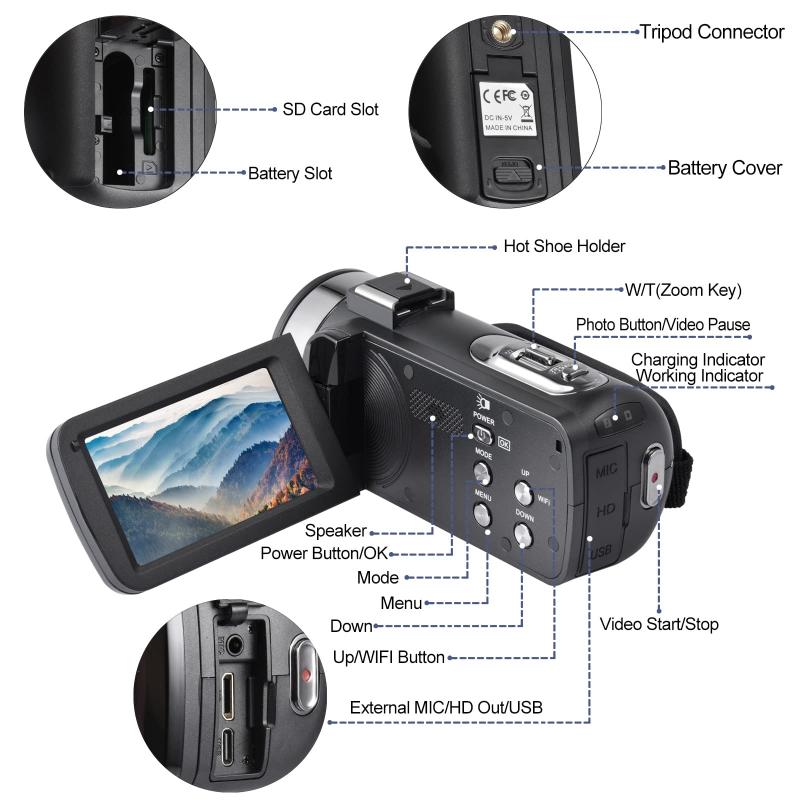
3、 Recording Format and Storage Options
Recording Format and Storage Options:
When it comes to picking the right camcorder, one of the most important factors to consider is the recording format and storage options. The recording format determines the quality and compatibility of the videos you capture, while the storage options determine how much footage you can store and how easily you can transfer it to other devices.
There are several recording formats to choose from, including tape-based formats like MiniDV and HDV, as well as digital formats like AVCHD and MP4. Each format has its own advantages and disadvantages. For example, tape-based formats offer high-quality video and are widely compatible, but they require physical tapes and can be time-consuming to transfer footage. On the other hand, digital formats offer convenience and ease of transfer, but may sacrifice some video quality.
In recent years, there has been a shift towards digital formats and storage options. Many camcorders now offer built-in solid-state drives (SSDs) or memory cards for storage. SSDs provide fast and reliable storage, while memory cards offer flexibility and expandability. Additionally, some camcorders now support cloud storage, allowing you to upload and access your videos from anywhere.
When choosing a camcorder, it's important to consider your specific needs and preferences. If you prioritize video quality and compatibility, a tape-based format may be the right choice. However, if convenience and ease of transfer are more important to you, a digital format with built-in storage or memory card support may be a better option.
Ultimately, the right camcorder for you will depend on your budget, intended use, and personal preferences. It's always a good idea to read reviews, compare features, and test out different models before making a decision.
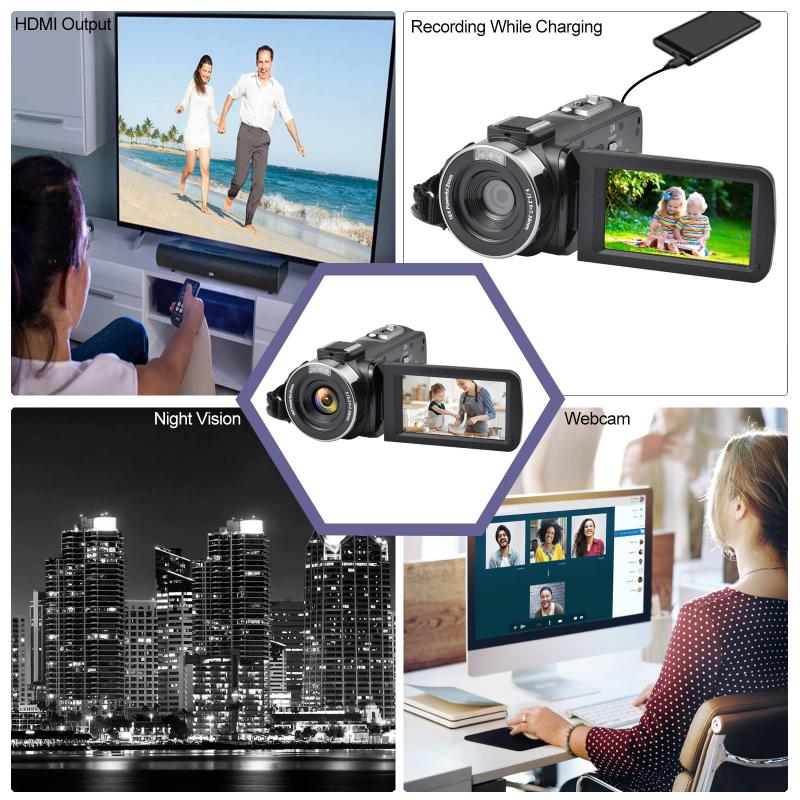
4、 Low Light Performance and Sensor Size
When it comes to picking the right camcorder, two important factors to consider are low light performance and sensor size. These factors play a crucial role in determining the quality of your videos, especially in challenging lighting conditions.
Low light performance refers to how well a camcorder can capture clear and detailed footage in low light situations. This is particularly important if you plan on shooting indoors, at night, or in dimly lit environments. Look for a camcorder that has a wide aperture lens, as this allows more light to enter the sensor, resulting in brighter and less noisy footage. Additionally, camcorders with larger pixels on their sensors tend to perform better in low light, as they can capture more light and produce better image quality.
Sensor size is another important consideration. Generally, larger sensors tend to perform better in low light and produce higher quality footage overall. This is because larger sensors have more surface area to capture light, resulting in better image quality, improved dynamic range, and reduced noise. Full-frame sensors are considered the largest and are often found in professional-grade camcorders, while smaller sensors are typically found in consumer-grade camcorders.
It's worth noting that technology is constantly evolving, and new advancements are being made in low light performance and sensor technology. Therefore, it's important to stay up to date with the latest models and reviews to ensure you're making an informed decision. Additionally, consider your specific needs and budget when choosing a camcorder, as there are various options available at different price points.
In conclusion, when picking the right camcorder, prioritize low light performance and sensor size. Look for a camcorder with a wide aperture lens and larger pixels on its sensor for better low light performance. Consider the sensor size, with larger sensors generally offering better image quality. Stay informed about the latest advancements in technology to make the best choice for your needs.
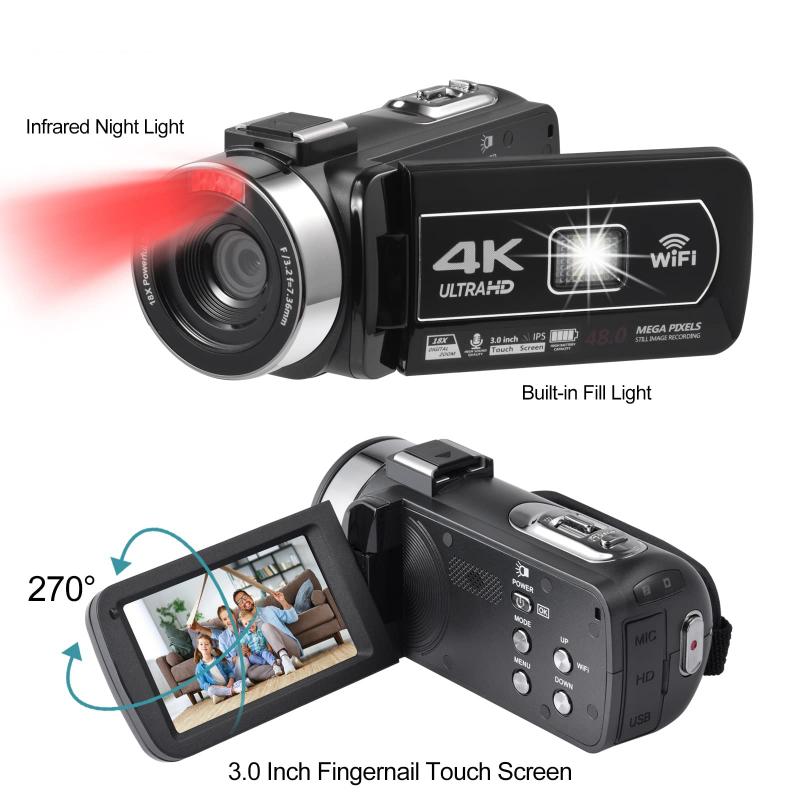

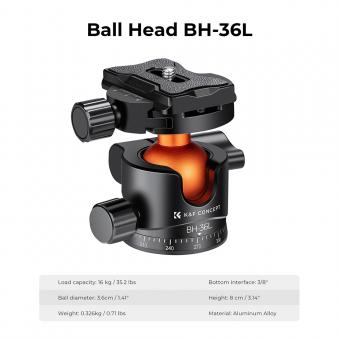


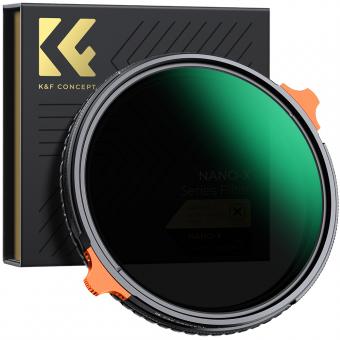




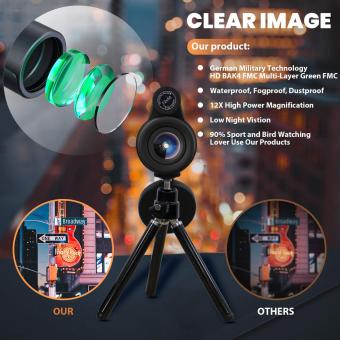

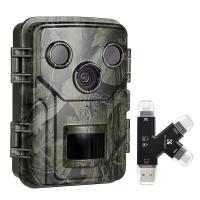
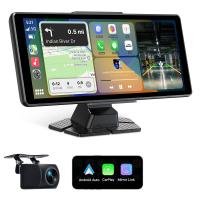


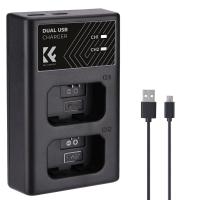
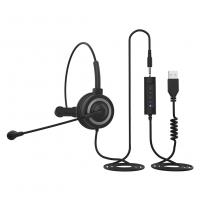



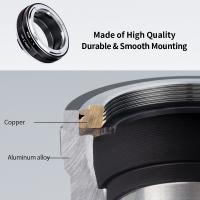
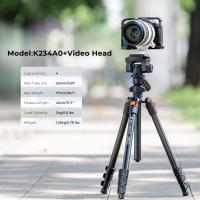





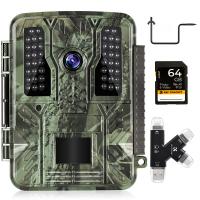
There are no comments for this blog.